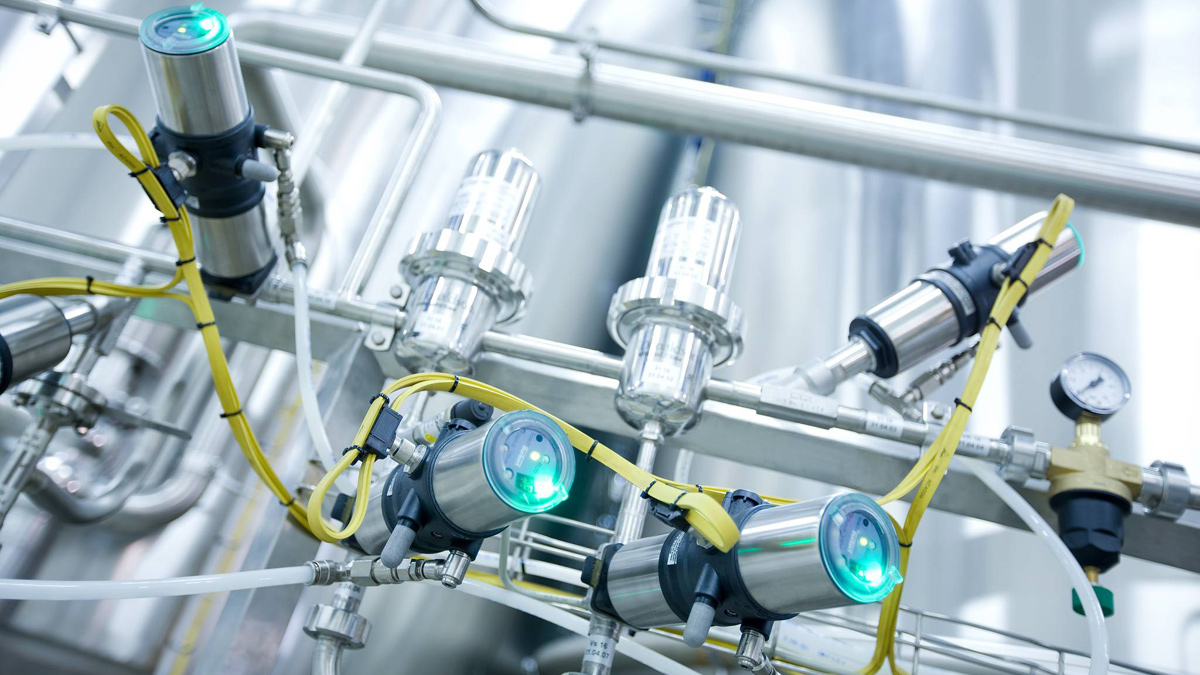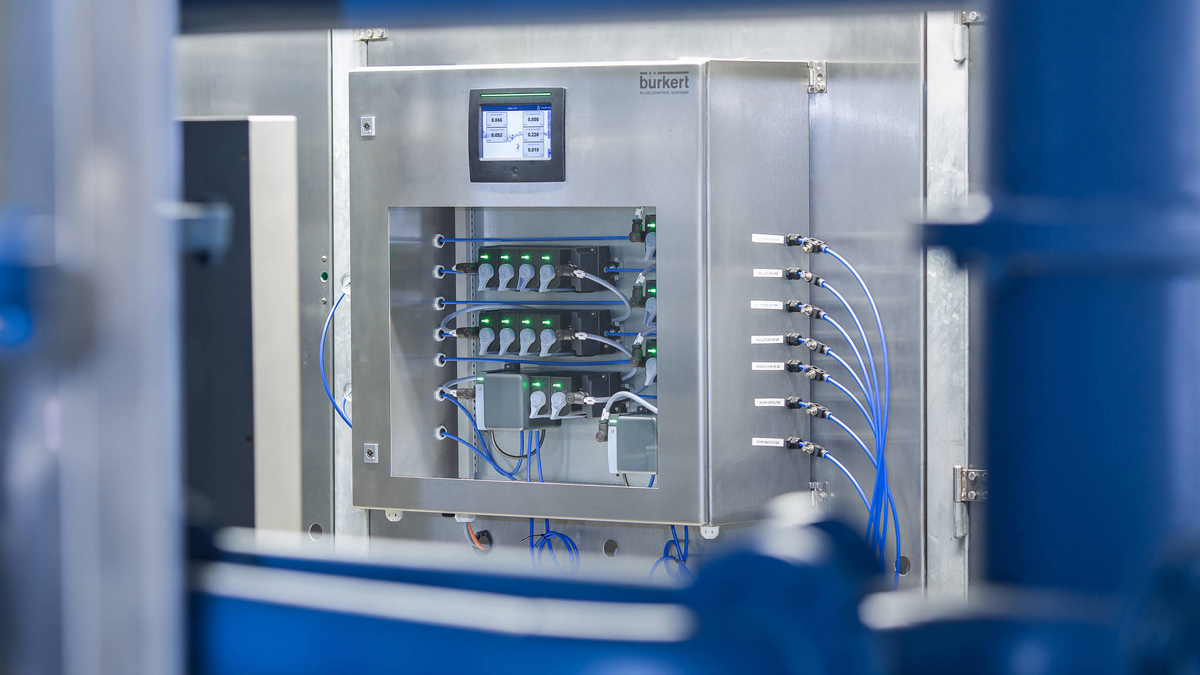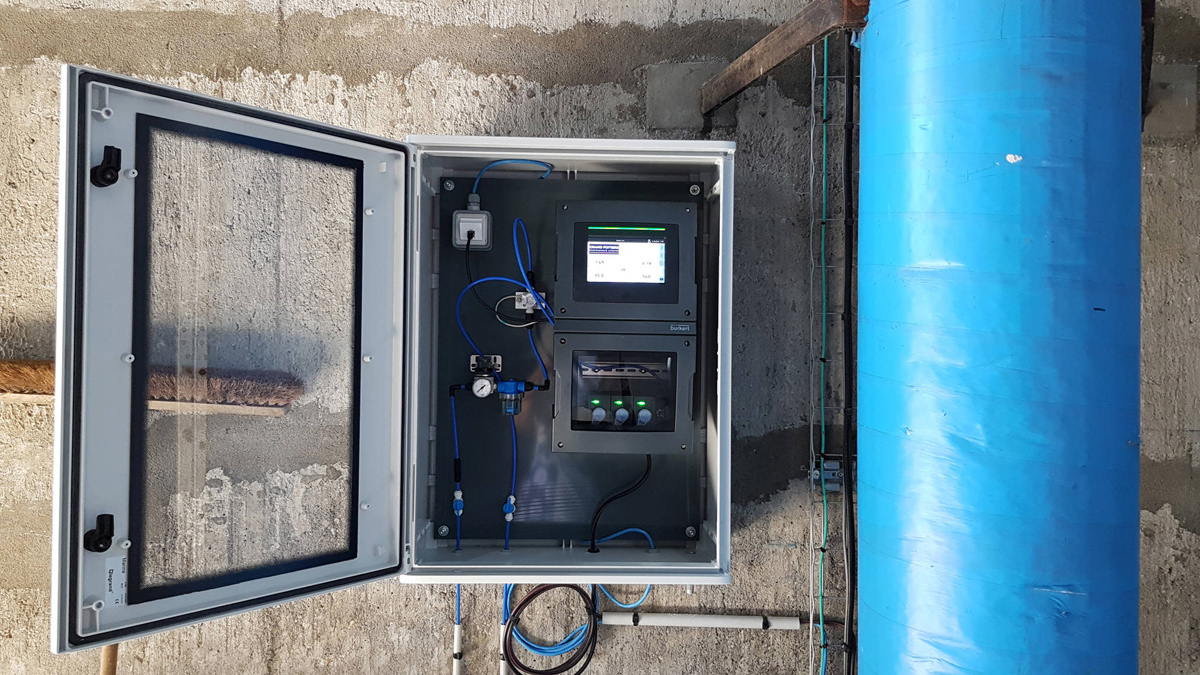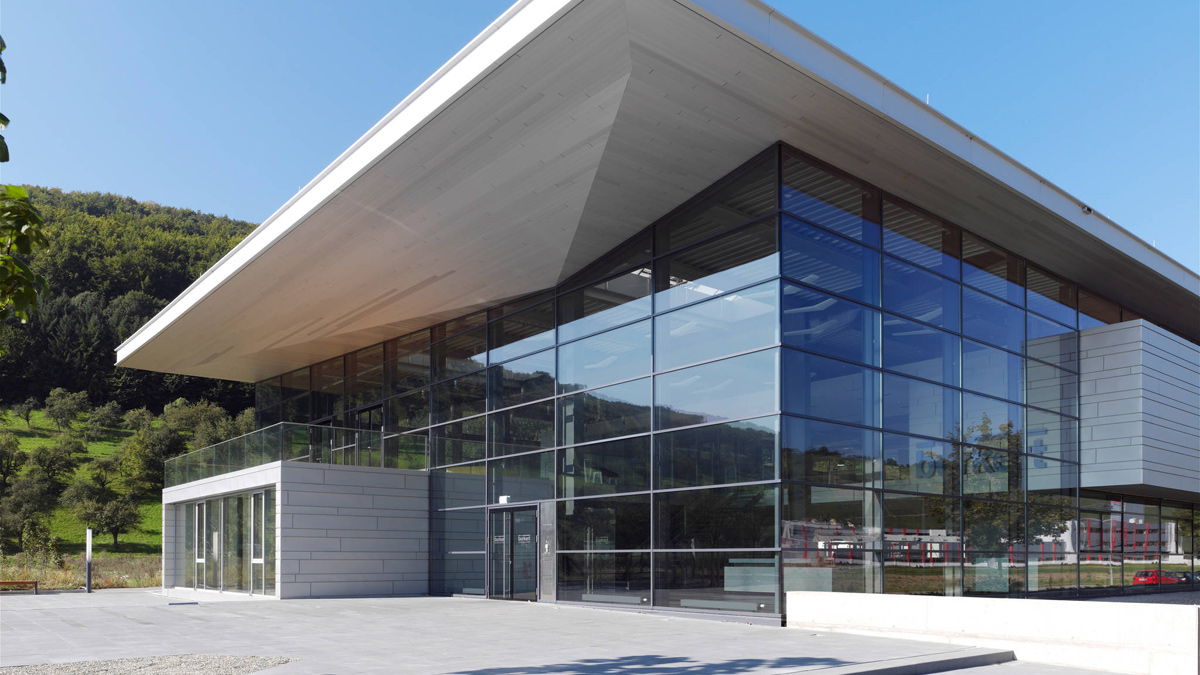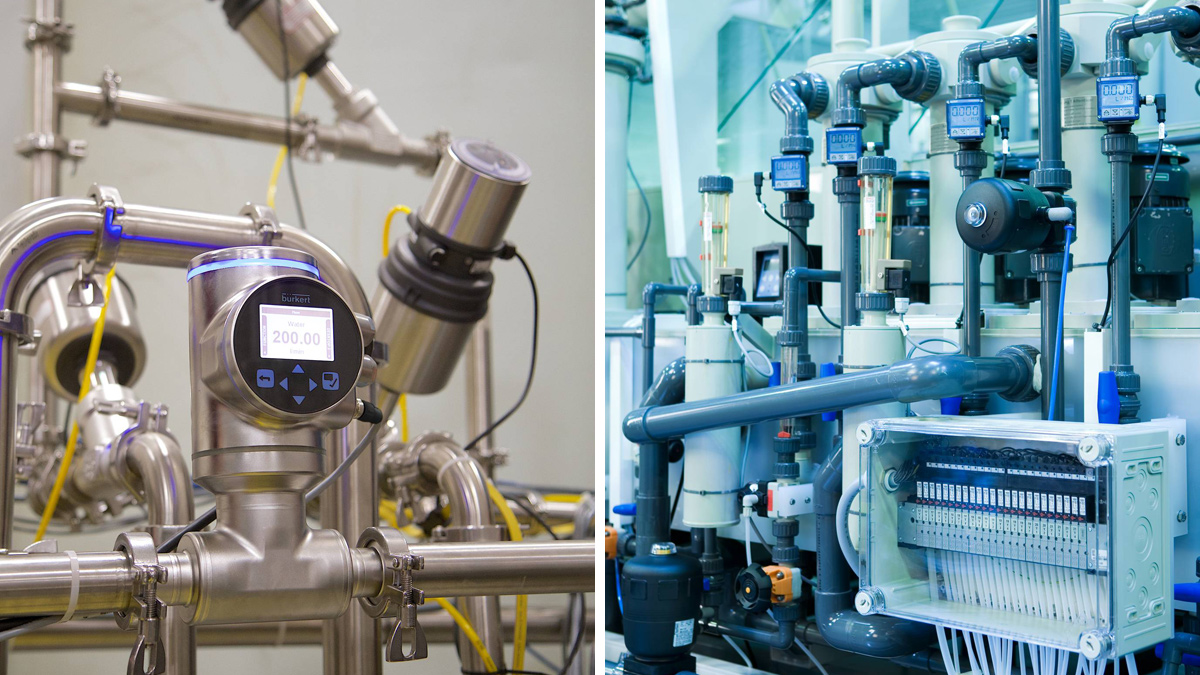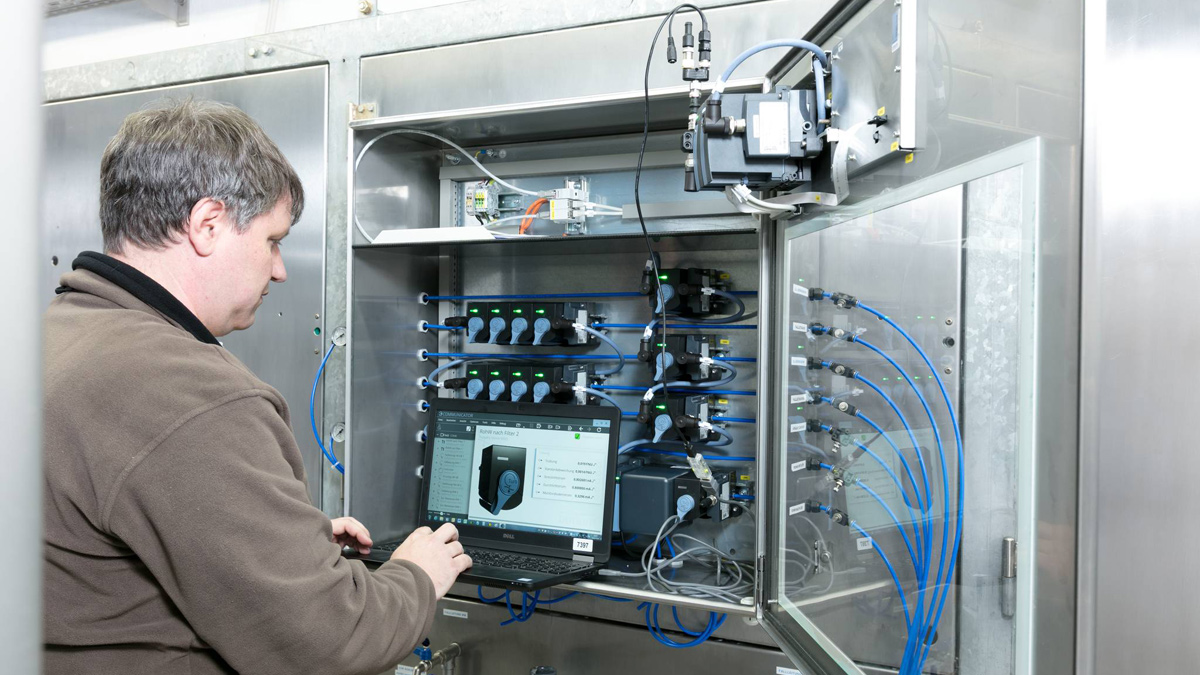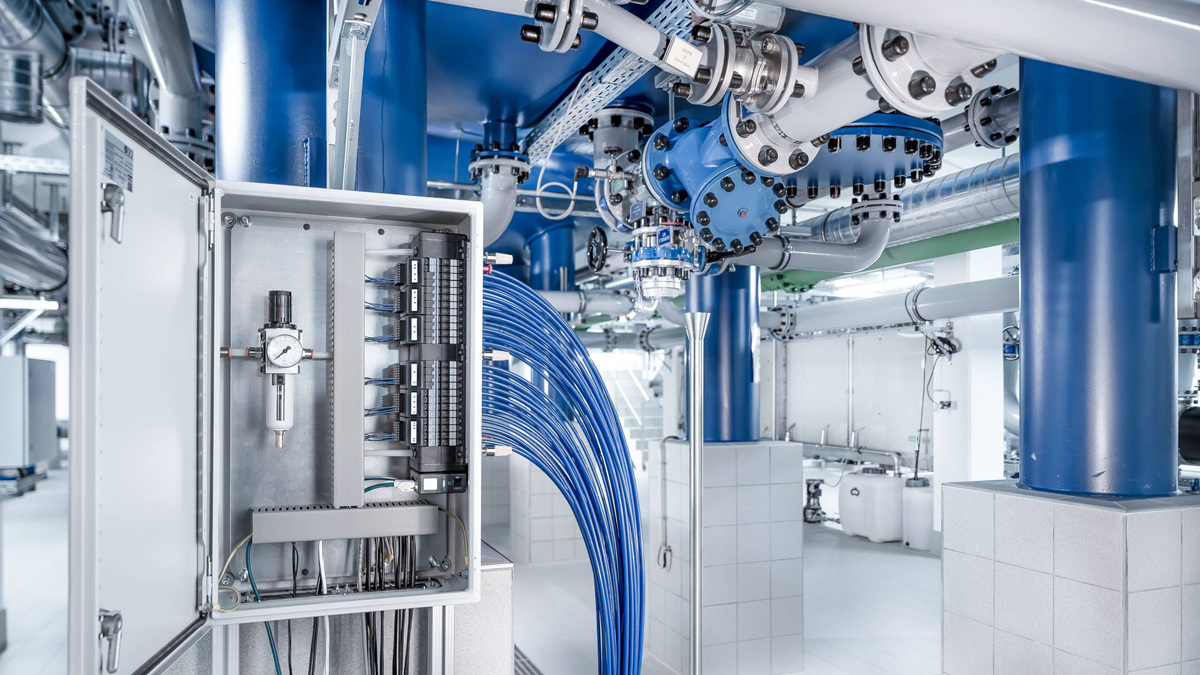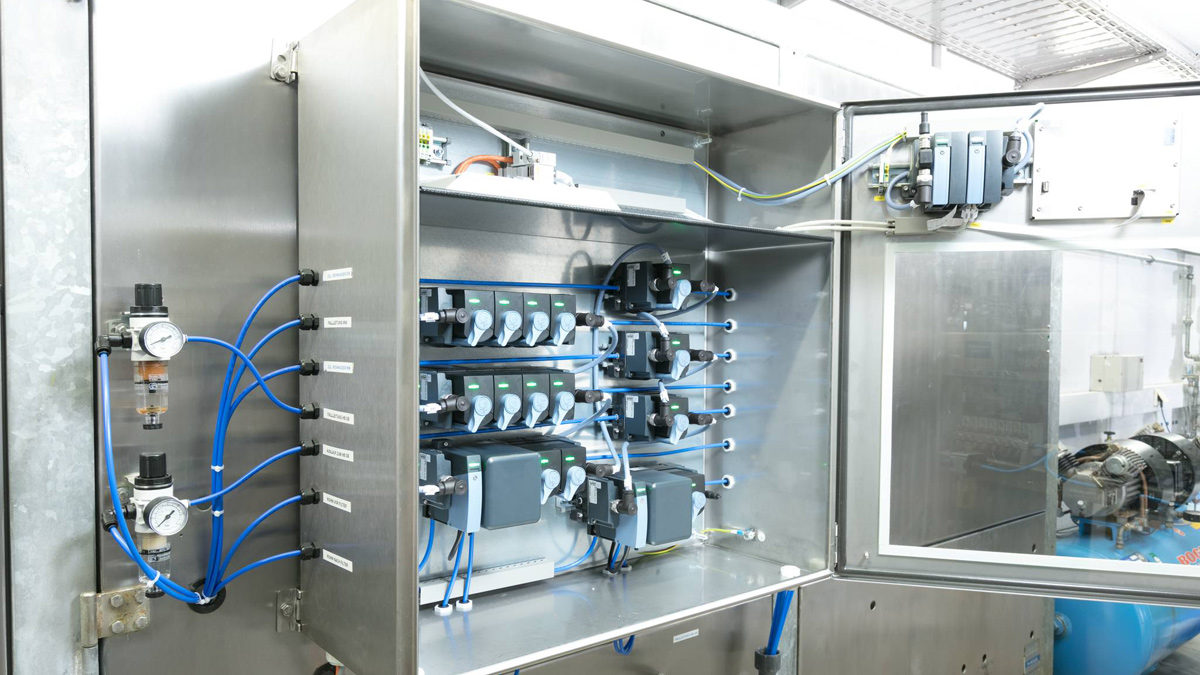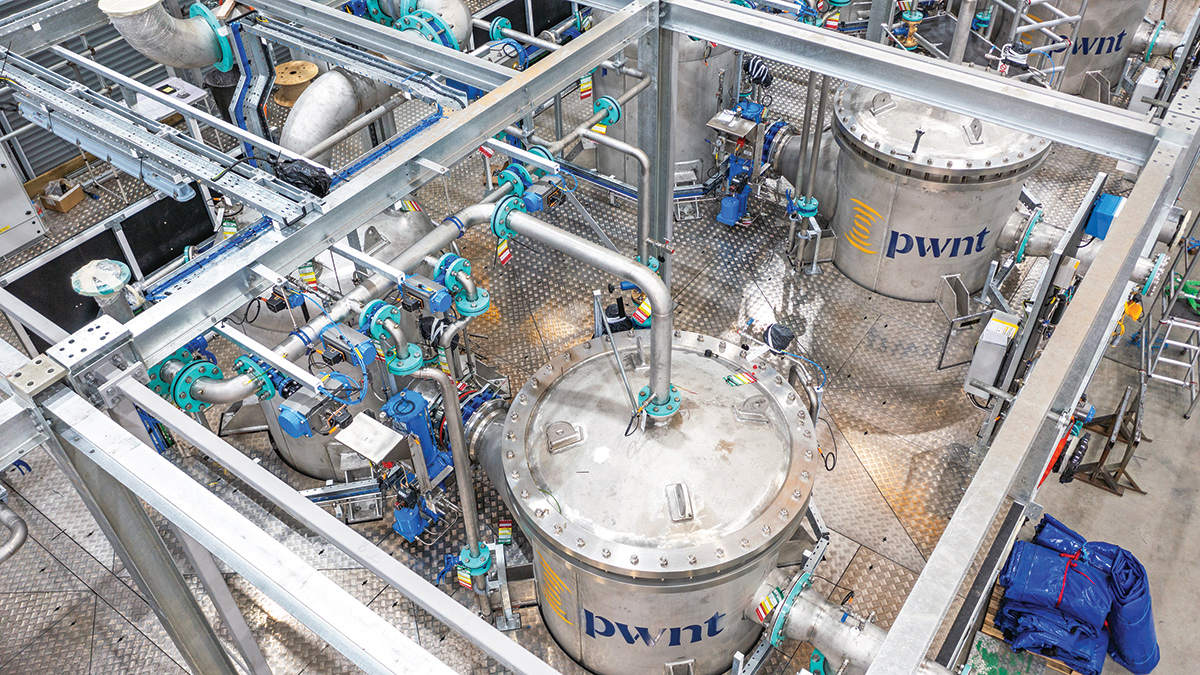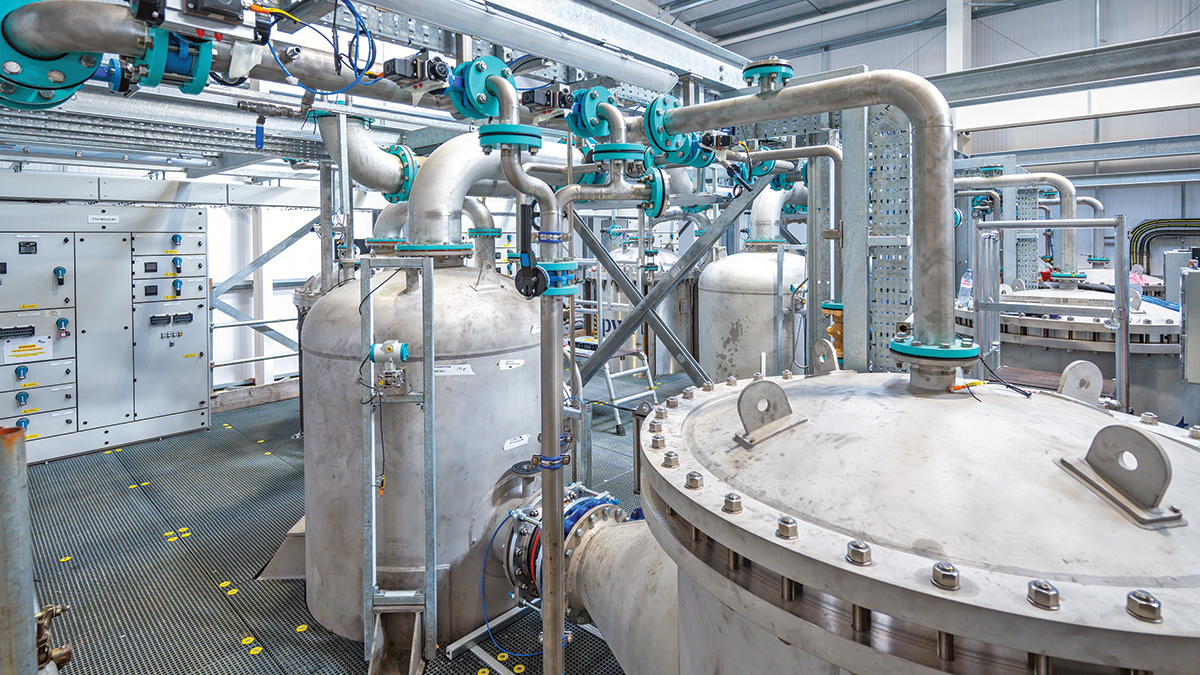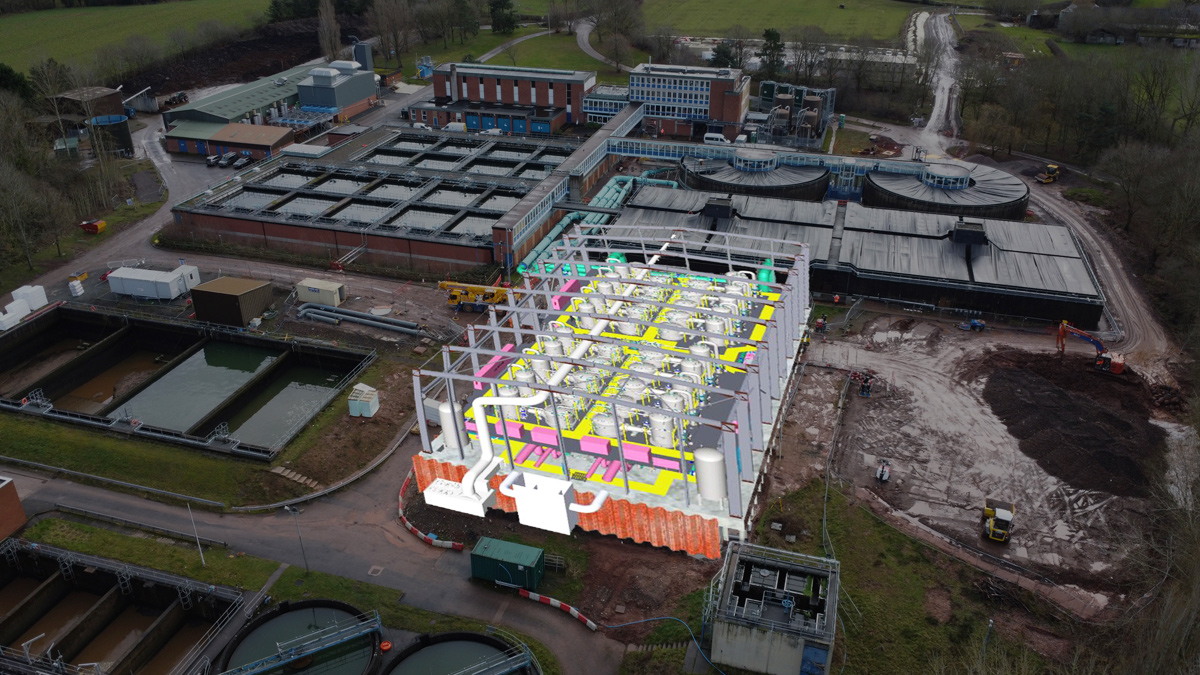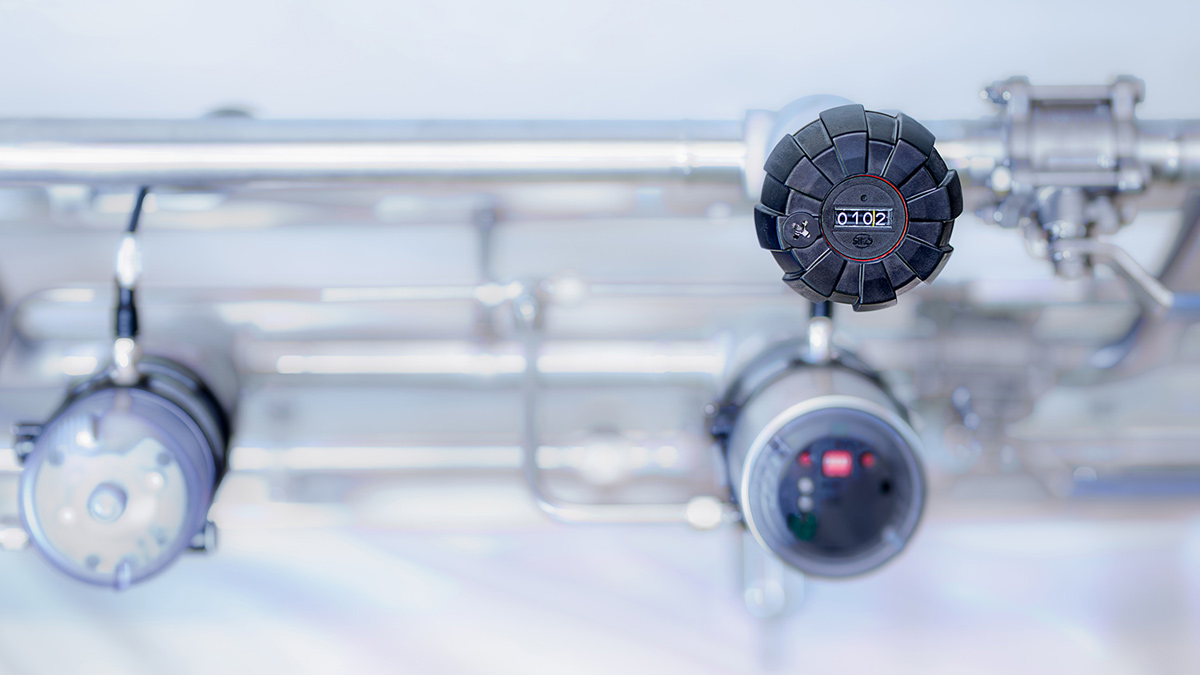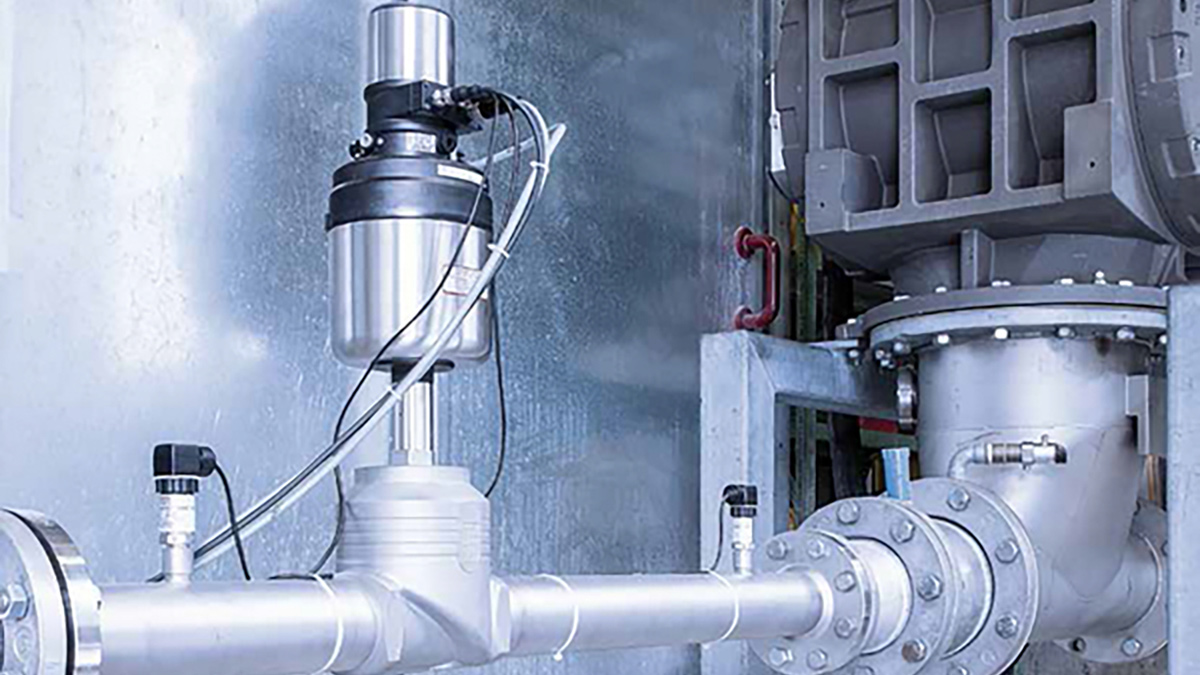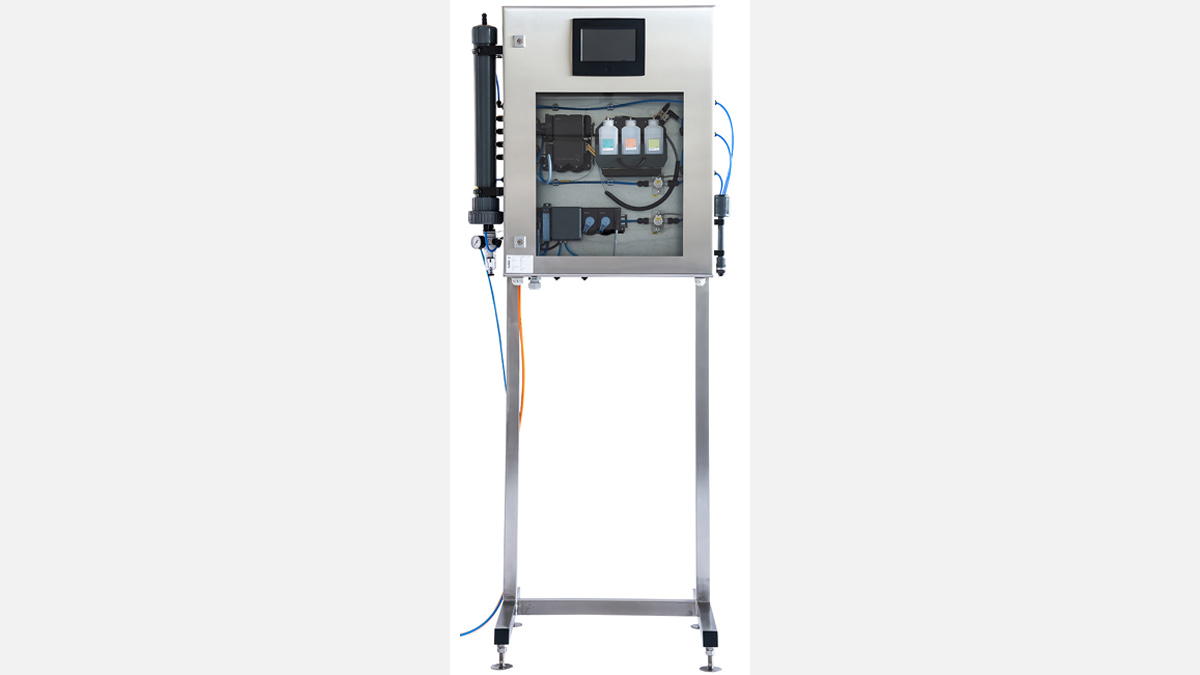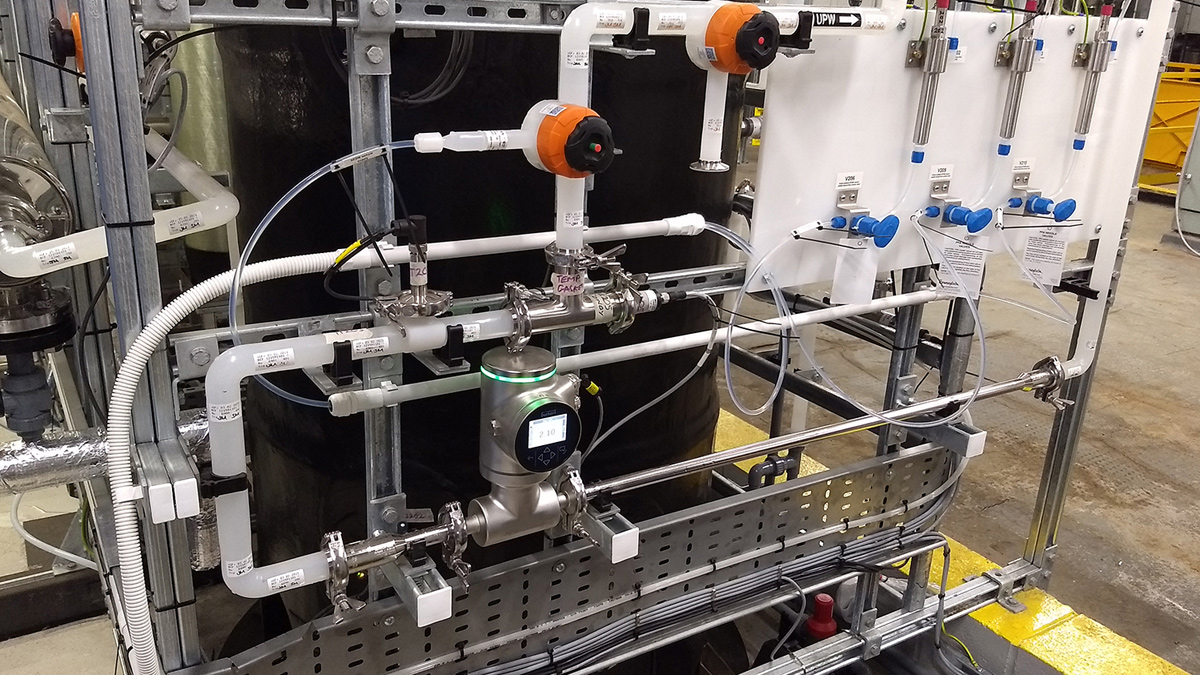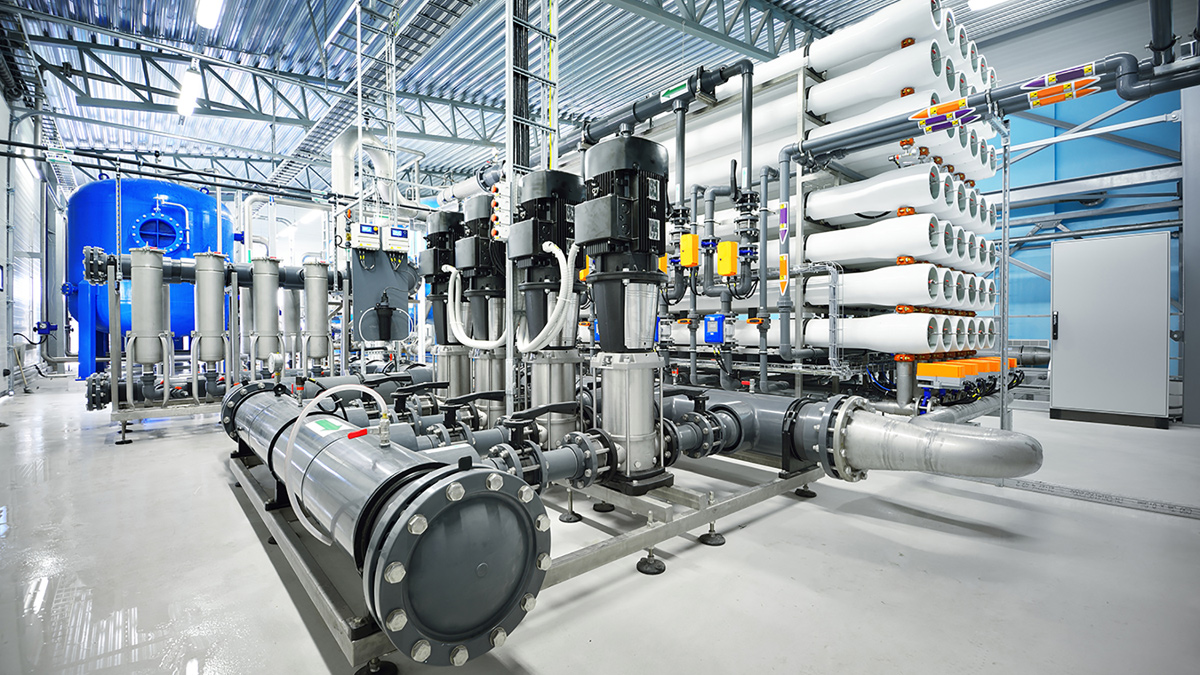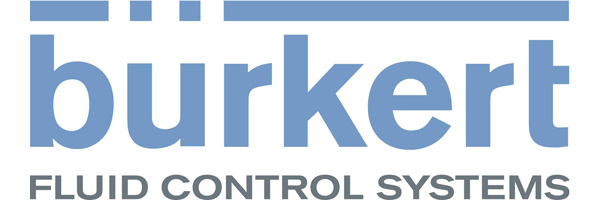Bürkert Fluid Control Systems
Online Monitoring of Nitrates & Organic Impurities Optimises Water Quality
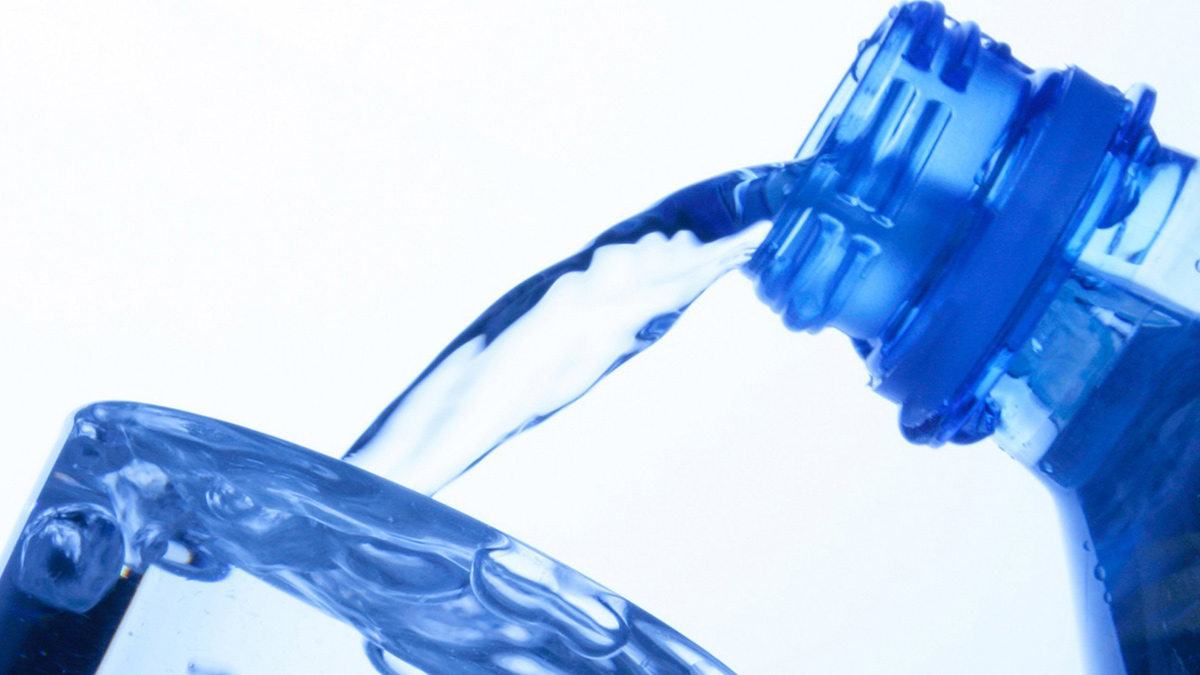
To ensure public health, the quality of the water we consume, whether straight out of the tap, from bottled spring water, or from processed drinks and foods producers, has to achieve safe limits of its compositional elements
Continual, online monitoring provides the greatest reliability in measurement, and new sensors from Bürkert offer a cost-effective solution to enhance water quality and reduce the time required for testing.
To ensure public health, the quality of the water we consume, whether straight out of the tap, from bottled spring water, or from processed drinks and foods producers, has to achieve safe limits of its compositional elements. One group of compounds present in water that must fall within safe limits includes nitrates (NO3-), and while naturally occurring in vegetables and the human body, excessive levels present a risk to health. With up to 50 parts per million (ppm) considered safe for children, and adults with immune system vulnerabilities, the UK and EU have set this figure as a maximum level within water for consumption. In addition to nitrates, drinking water must also be disinfected to leave only safe levels of bacteria.
Critical for the food and beverage industry, taste is also impacted by nitrate levels and organic impurities. These compounds and organic matter also have to be closely monitored to ensure end-product quality for other sectors that rely on pure water, such as pharmaceutical production. Even industries that only use water to enable a process have to ensure that nitrate levels don’t adversely affect the end result, for example in textile and paper manufacture, where colour can be affected.
The challenge of reliable testing
The most common source of nitrates in water is from agricultural production, with nitrates from fertiliser and manure seeping into the ground, running into the feed of boreholes, streams, natural springs, and reservoirs. Whether capitalising on the benefits of a local source for provenance and taste, like for bottled spring water and beer, or using a private source to remove the higher cost of supply from the utilities, organisations with their own water supply take on the responsibility of testing for nitrates and organic impurities. Even for water utility companies, in water source areas susceptible to higher nitrate concentrations, they also need to be able to check quickly and accurately to ascertain whether more precise nitrate testing is required.
For most organisations, the financially viable and typical nitrates test method is a periodic spot check, with a sample taken at intervals, rather than continuously. Dependent on the end users’ capabilities and facilities, samples can be tested with their own analysers, or they can be sent to a lab for analysis. To monitor organic impurity bacteria levels, the five-day jar test is the typical check for pollution of a biological oxygen demand (BOD), with a two-to-three-hour test to check chemical oxygen demand (COD) organic. Both tests measure a sample from just a single moment of time. Whether an individual sample is tested by the end user or sent to a lab, environmental conditions don’t stay the same for long and a changing situation, such as overnight rain, could quickly increase the level of nitrates and impurities. Any water produced between test results has the potential to be wasted if parameters are found to have been exceeded, therefore reducing this time period to almost zero saves any wastage.
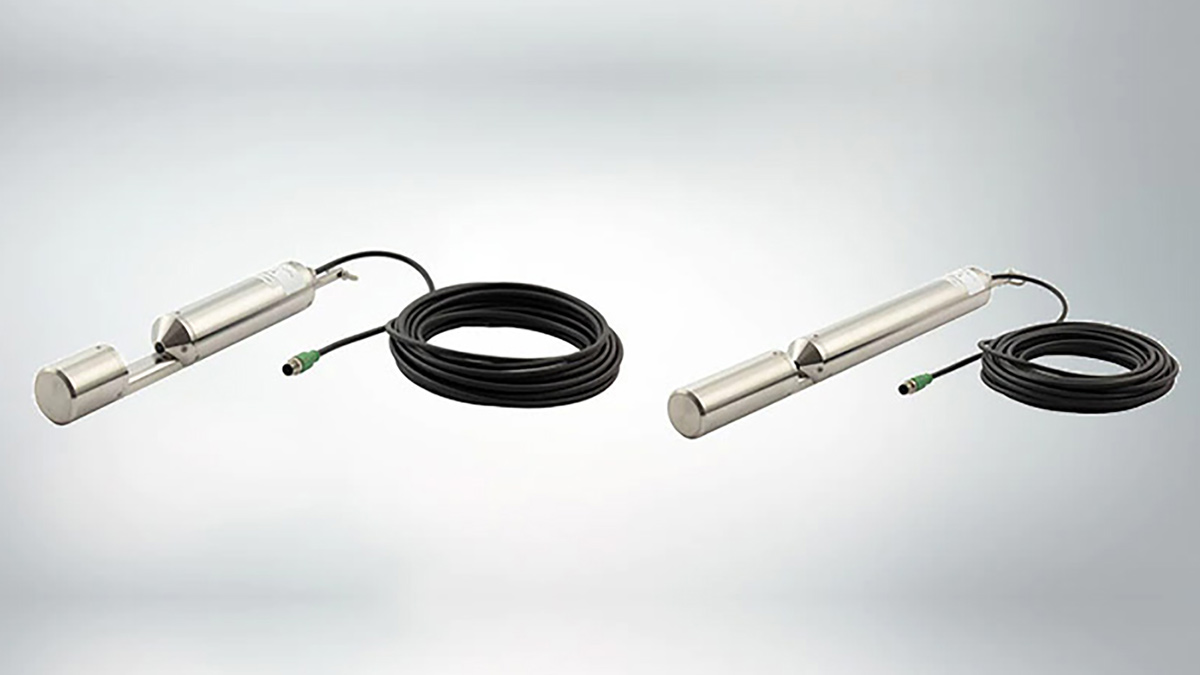
The SAK254 and nitrate sensor are available for the Type 8905 online water analysis system
Online monitoring
To increase the frequency and accuracy of measuring nitrates and organic impurities in water, giving a more reliable overall picture of the levels, Bürkert has added two new sensor probes to its online, real time water analysis system. The Type MS09 nitrate sensor provides constant, high accuracy measurement of nitrate with precision between 0-50 mg/l. Utilising a xenon flash lamp to measure nitrate by UV optical absorption, organic and turbidity compensation removes negative influences to optimise measurement reliability.
In addition, the MS08 SAC254 sensor, utilising spectral absorption coefficient (SAC) UV light at 254 nm, provides optical absorption measurement of organic impurities with reliable LED technology. Providing continual monitoring of dissolved organic compounds, including BOD and COD matter, the sensor also measures TOC (total organic carbon) with monitoring of activated carbon filters to determine saturation levels.
Plug and play integration
Continual, automated monitoring removes the resources required for periodic testing as well as the delay awaiting lab-based test results. This technique also safeguards against the potential of high volume scrappage. The sensors are also quick to install and configure, featuring plug-and-play operation with Bürkert’s online water analysis system via the included fieldbus gateway. With no moving parts, the sensors are also maintenance-free and optical measurement ensures long-life operation.
Bürkert’s online analysis system, available in the Type 8905 compact modular platform and the Type 8906 cabinet format, monitors all important water parameters on one platform, now adding nitrates and organic impurities to the measurement of pH, chlorine/chlorine dioxide, conductivity, redox potential, turbidity, and temperature. Based on highly reliable CANbus, the prevalent protocol within the automotive sector, Bürkert’s EDIP network enables fast integration with the PLC and Ethernet-based network of choice.
For more infomation: Bürkert Fluid Control Systems | +44 (0)1285 648720
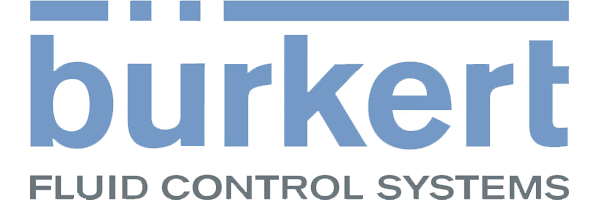
Bürkert Fluid Control Systems is one of the leading manufacturers of control and measuring systems for fluids and gases. The products have a wide variety of applications and are used by breweries and laboratories as well as in medical engineering and space technology. The company employs over 2,200 people and has a comprehensive network of branches in 35 countries world-wide.
